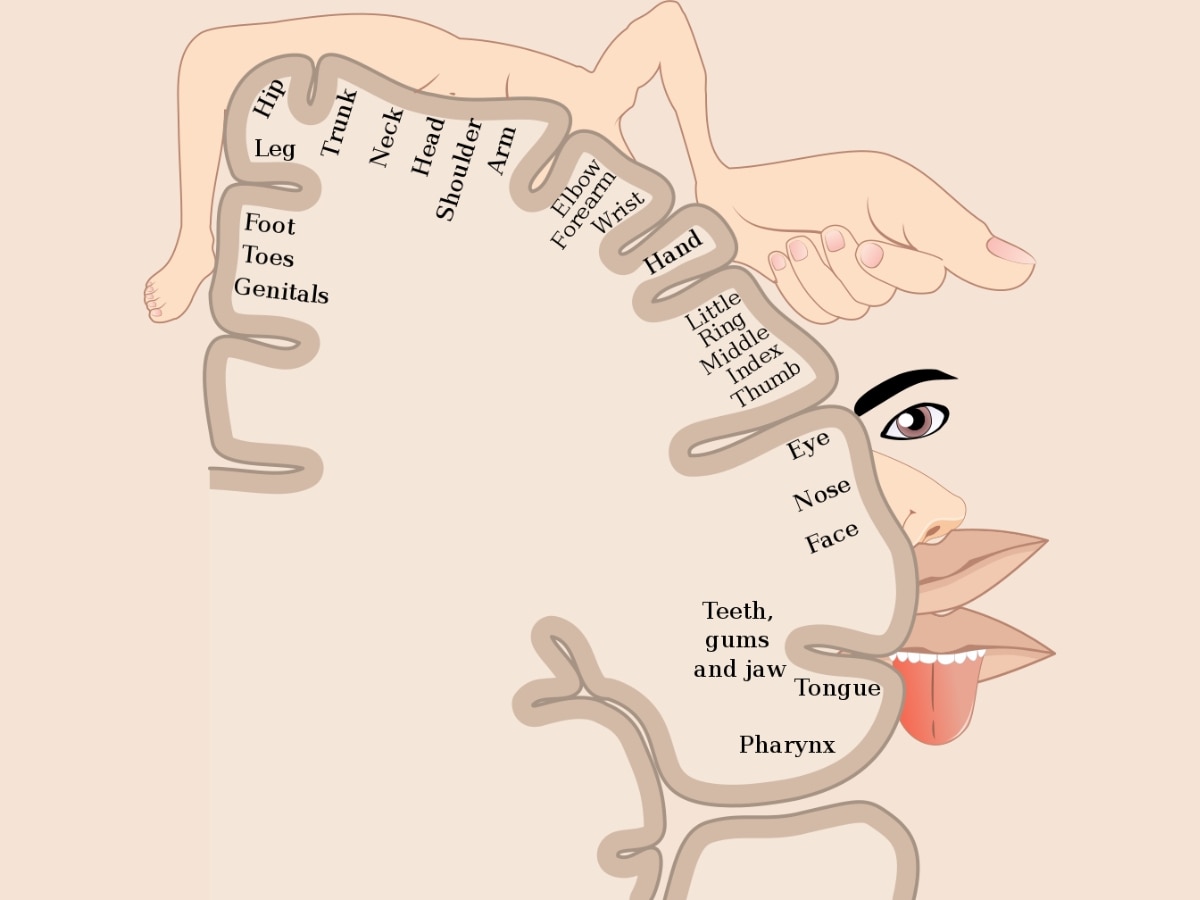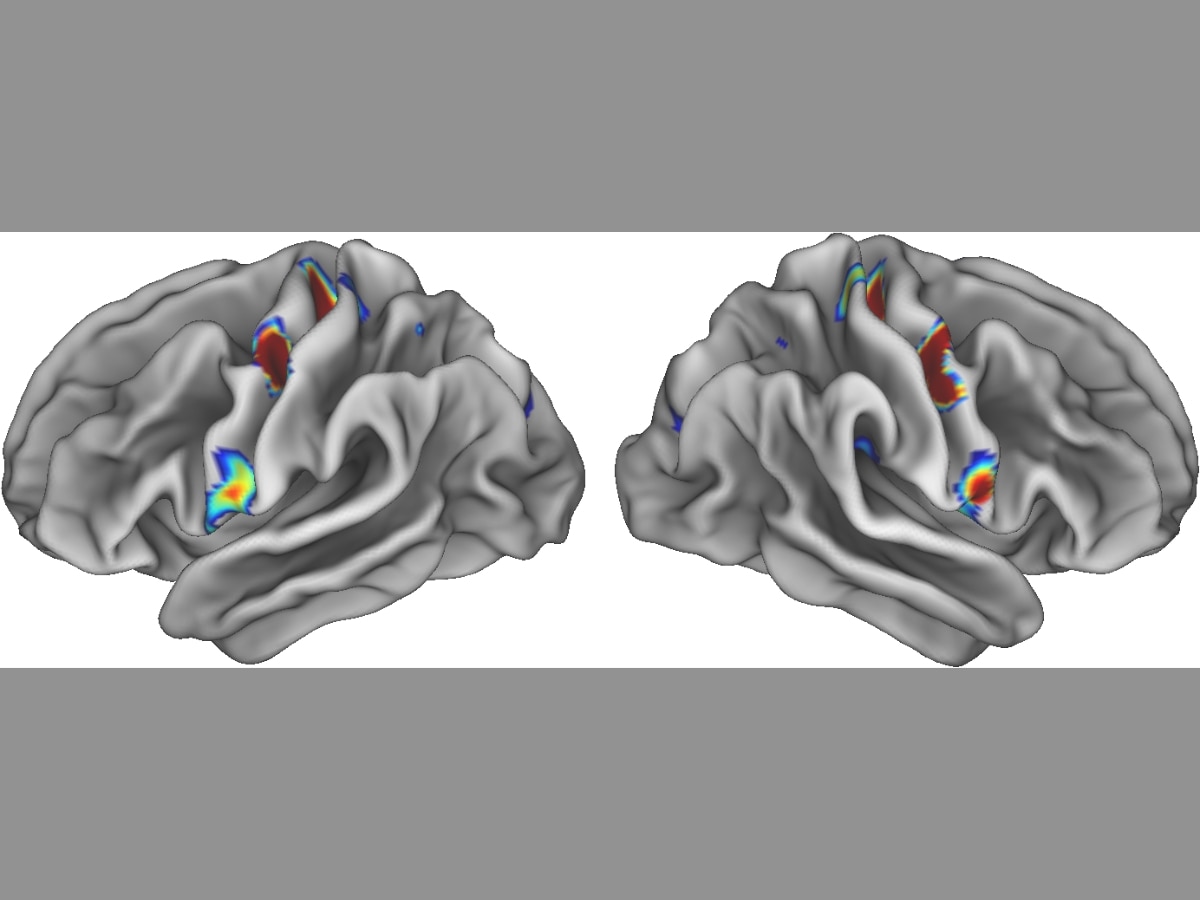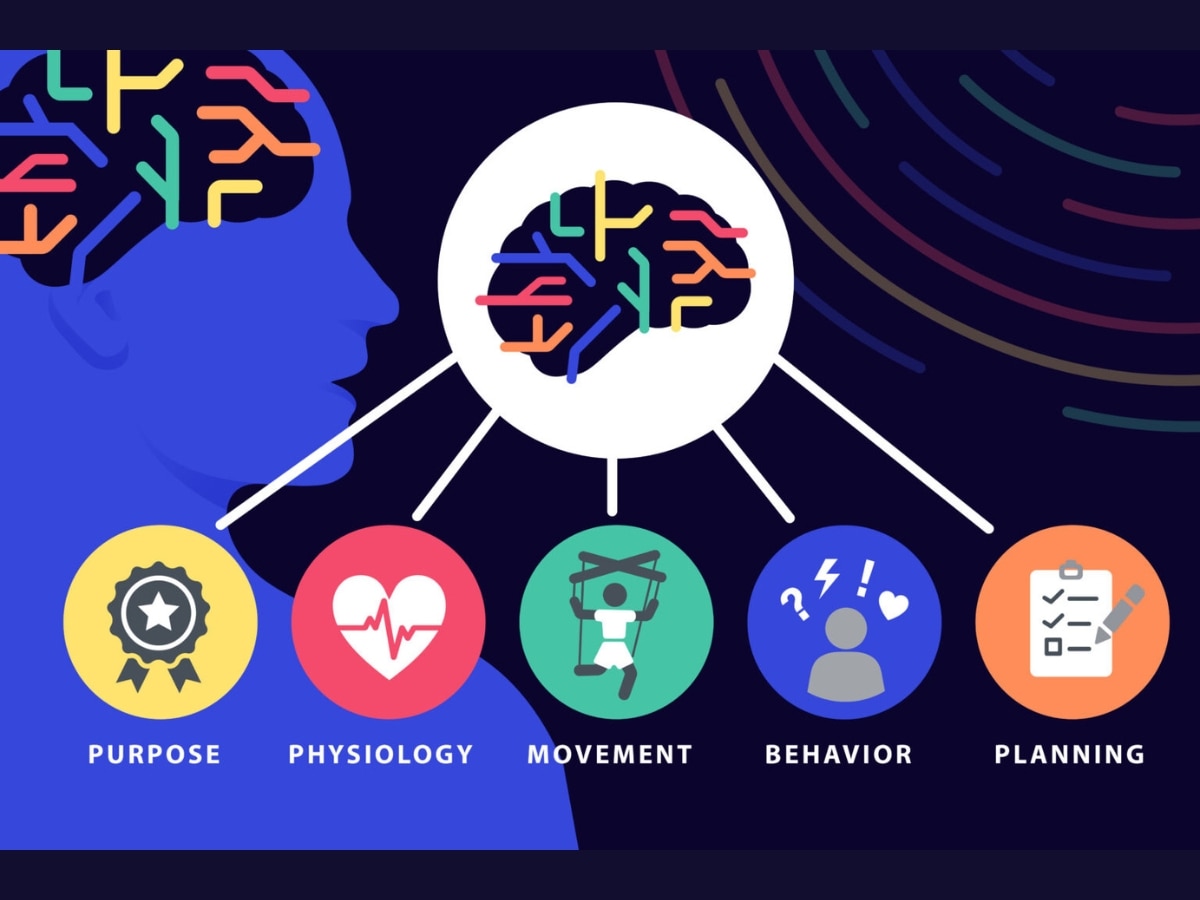Link Between Body And Mind Is Embedded In Brain Structure, Scientists Find
The link between the body and mind is embedded in the brain structure, scientists led by the Washington University School of Medicine in St Louis have found.

Philosophers and doctors always advise people to control their mind in order to have proper bodily functions, and to maintain a healthy body to have a healthy mind. While the mind and body have always been associated with each other on a spiritual level, new evidence suggests that the inextricable intertwinement is more than just an abstraction.
The link between the body and mind is embedded in the brain structure, scientists led by the Washington University School of Medicine in St Louis have found. The study describing the breakthrough finding was published April 19 in the journal Nature.
Special brain areas are a part of networks involved in thinking, planning and involuntary movements
There are certain parts of the brain that control movement. These areas are plugged into networks involved in thinking and planning. These networks are also involved in the control of involuntary bodily functions such as blood pressure and heart beat. The findings suggest that a literal linkage of body and mind exists in the structure of the brain.
What phenomena could the findings explain?
The study could help explain phenomena such as why anxiety gives people panic attacks, making them want to move back and forth, why people who exercise regularly have a more positive and optimistic approach towards life, and why stimulating the vagus nerve, which regulates internal organ functions such as digestion and heart rate, may reduce depression.
In a statement released by Washington University School of Medicine in St Louis, Evan M Gordon, one of the study authors, said people who meditate claim that by calming the body with activities such as breathing exercises, they may also calm their mind. He explained that these kinds of practices can really be helpful for people with anxiety. However, there had not been much scientific evidence for how it works, until now.
Connection between mind and body found in brain
Researchers have now found a connection in the brain between mind and body. The area where the highly active, goal-oriented 'go, go, go' part of the mind connects to the parts of the brain that control breathing rate and heart beat has been found. If either the mind or body calms down, it should have feedback effects on the other.
What was the aim of the study?
The researchers' aim was not to answer age-old philosophical questions about the relationship between the body and the mind, but to verify the long-established map of the areas of the brain that control movement, with the help of modern brain-imaging techniques.
What is Penfield’s map?
In the 1930s, American-Canadian neurosurgeon Wilder Penfield mapped the areas of the brain that control movement by applying small jolts of electricity to the exposed brains of people undergoing brain surgery, and recording their responses. Penfield discovered that specific body parts twitched when a narrow strip of tissue on each half of the brain was stimulated. The control areas in the brain were found to be arranged in the same order as the body parts they direct. The parts of the brain controlling the toes were at one end of each strip, and those controlling the face were at the other.
Penfield's map of the motor regions of the brain is depicted as a homunculus, or "little man". It is used in most neuroscience textbooks.

How the study was conducted
As part of the new study, Gordon, senior author Nico Dosenbach, and their colleagues replicated Penfield's work with functional magnetic resonance imaging. As many as seven healthy adults were recruited to undergo hours of functional magnetic resonance imaging brain scanning while resting or performing tasks.
After obtaining a high-density dataset, the researchers built individualised brain maps for each participant, and validated their results using three large, publicly available functional magnetic resonance imaging datasets.
The publicly available datasets are: the Human Connectome Project, the Adolescent Brain Cognitive Development Study, and the UK Biobank. Together, these datasets contain brain scans from about 50,000 people.
Researchers found new areas in brain’s motor regions that were not involved in movement
Surprisingly, the researchers discovered that Penfield's map was not quite right. Penfield had correctly identified the regions of the brain that controlled the feet, hands and face.
However, three areas that did not seem to be directly involved in movement at all were interspersed with the three key areas that control the feet, hands and face, the new study found. Even though those regions lay in the brain's motor area, they did not seem to be directly involved in movement at all.
Non-movement areas are connected to parts involved in thinking, pain
The non-movement areas looked different from the movement areas, appeared thinner and were strongly connected to each other and to other parts of the brain involved in thinking, planning, pain, mental arousal, and control of internal organs and functions such as blood pressure and heart rate.
Special areas become activated when a person thinks about moving
When the authors conducted further imaging experiments, they found that the non-movement areas did not become active during movement, but did become active when the person thought about moving.
Dosenbach said that all of these connections make sense if one thinks about what the brain is really for. He explained that the brain is for successfully behaving in the environment so that one can achieve their goals without hurting or killing themselves.
People move their bodies for a reason. Therefore, the motor areas must definitely be connected to executive function and control and basic bodily processes, such as blood pressure and pain.
Dosenbach said that pain is the most powerful feedback, and when one does something that hurts them, they tell themselves that they won't be doing it again.
What is the newly identified network called?
The newly identified network, which includes three special areas on each half of the brain, and connects the key motor areas of the brain to areas involved in thinking, planning and control of basic bodily functions such as heart rate and blood pressure, has been named the Somato (body)-Cognitive (mind) Action Network, or SCAN. The special areas themselves are not directly involved in movement despite lying in the motor region of the brain, but become activated when a person thinks about moving.

How did the network evolve?
The researchers scanned the brains of a newborn, a one-year-old and a nine-year-old to understand how the network developed and evolved. The team also analysed data that had been previously collected from nine monkeys.
According to the study, the network was not detectable in the newborn, but was clearly evident in the one-year-old and was nearly adult-like in the nine-year-old. Meanwhile, in the monkeys, the network was a smaller, more rudimentary system devoid of the extensive connections seen in humans.
Gordon said that this may have started as a simpler system to integrate movement with physiology so that the organism does not pass out, for instance, when it stands. This means that initially, the network developed to ensure that it signals an organism to stop doing a task before becoming exhausted.
Gordon explained that as evolution gave rise to humans, who are organisms that perform more complex thinking and planning, the network upgraded itself to plug in a lot of complex cognitive elements.
Dosenbach said that Penfield's ideas have been dominant for 90 years, and created a blind spot in neuroscience. Once the study authors started looking for the existence of a mind-body network, they found lots of published data that did not quite jibe with Penfield's ideas, and alternative interpretations that had been ignored.
Mind-body link expressed through five aspects

The researchers pulled together a lot of different data in addition to their own observations, zoomed out and synthesised it, and came up with a new way of thinking about how the body and mind are tied together.
Five key aspects of the mind and body are purpose, physiology, movement, behaviour and planning. The authors concluded that a link between body and mind is embedded in the structure of human brains, and expressed in people's physiology, movements, behaviour, and thinking.






































